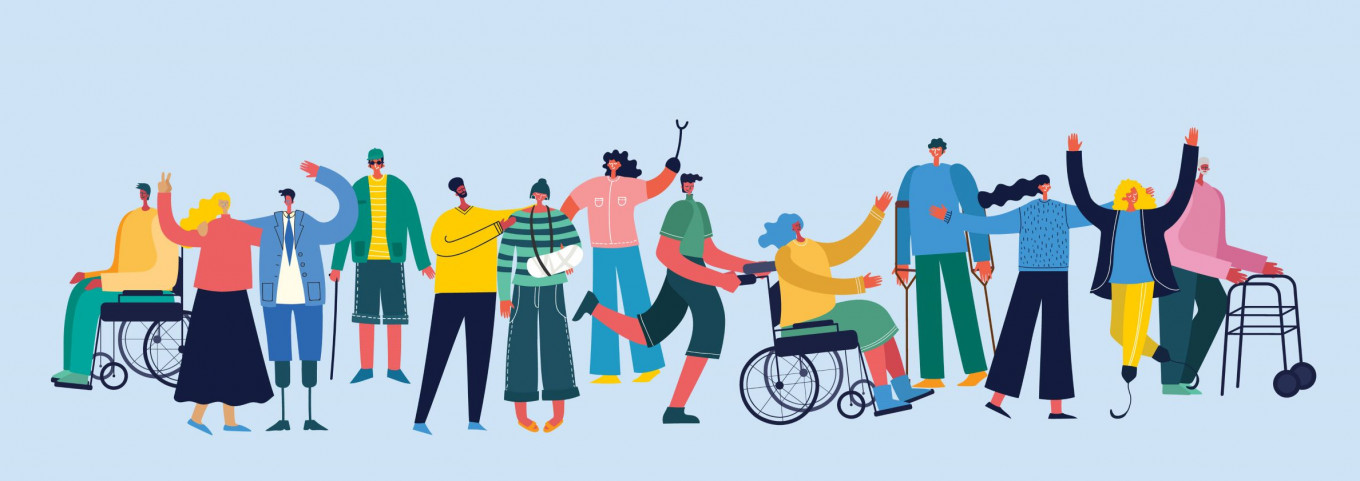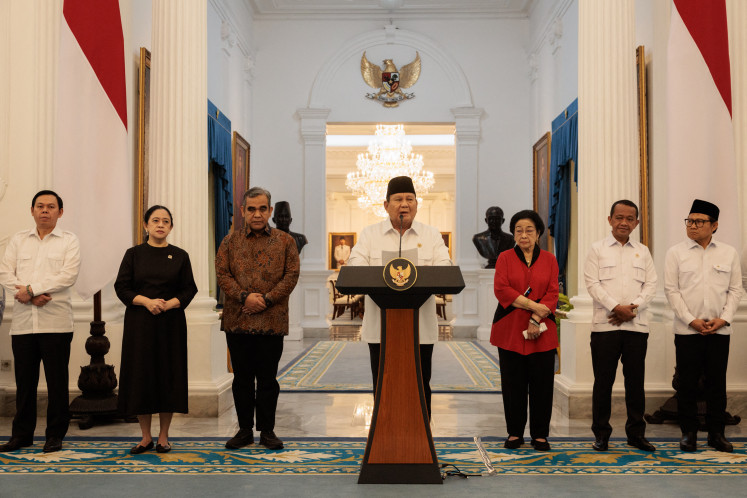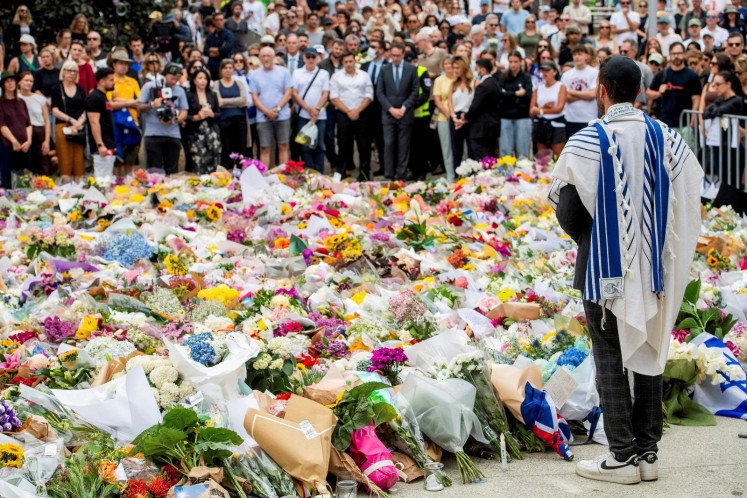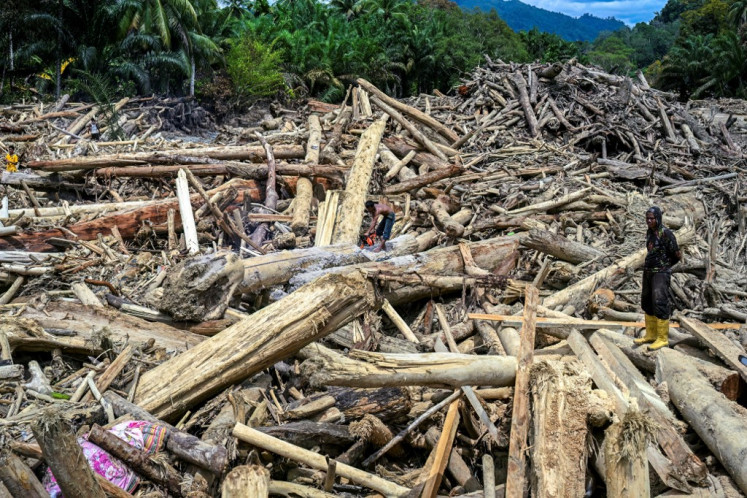Popular Reads
Top Results
Can't find what you're looking for?
View all search resultsPopular Reads
Top Results
Can't find what you're looking for?
View all search resultsDisability rights and the climate crisis
Each step of the process related to climate change mitigation and adaptation must involve persons with disabilities, as they are disproportionately affected by climate change and their exclusion can be a matter of life and death.
Change text size
Gift Premium Articles
to Anyone
 The World Health Organization reports that more than 1.3 billion people across the globe, or 15 percent of the world’s population, “experience significant disability”, while UNESCAP estimates that over 700 million persons with disabilities live in the Asia-Pacific region. (Courtesy of Shutterstock /VGstockstudio)
The World Health Organization reports that more than 1.3 billion people across the globe, or 15 percent of the world’s population, “experience significant disability”, while UNESCAP estimates that over 700 million persons with disabilities live in the Asia-Pacific region. (Courtesy of Shutterstock /VGstockstudio)
T
he term “disability” covers a wide range of conditions that can limit a person’s ability to perform certain activities. Included in this group are people who have impairments that affect their vision, hearing, speech, cognition and mobility. They exist, are scattered everywhere and are divided by gender, age, religion, race, ethnicity and economic condition, which affect their life experiences and health needs.
According to a report by the World Health Organization (2021), an estimated 1.3 billion people, or 16 percent of the world’s population, currently experience significant disability. In Indonesia alone, an estimated 23 million people live with disabilities. This number continues to grow as the average life expectancy increases.
The United Nations Human Rights Council (UNHRC), the Committee on the Rights of Persons with Disabilities and the Office of the UN High Commissioner for Human Rights (OHCHR) have specifically acknowledged the disproportionate impact the climate crisis has on persons with disabilities. They have therefore called on the governments of each country to adopt an inclusive, human rights-based approach to tackling the climate crisis.
The inclusion of persons with disabilities adopted in the Paris Agreement emphasizes the rights and obligations of persons with disabilities in the context of climate change. It also recognizes the rights of persons with disabilities in policies on climate change adaptation and mitigation, as well as disability inclusion in the decision-making process of national climate change policies.
Under the Paris Agreement, parties are required to submit a post-2020 Nationally Determined Contribution (NDC) every five years, reporting any progress made toward their ambitious emissions reduction targets compared to their previous NDC.
Indonesia, unfortunately, is not among those countries that include persons with disabilities in their NDC. Only 35 out of 192 countries do. Of these 35 countries, Indonesia could learn from the experiences of the following 10 countries: Cambodia, Canada, Jordan, Mexico, Myanmar, Palestine, Papua New Guinea, Sri Lanka, Uzbekistan and Vietnam.
Furthermore, none of the parties to the Paris Agreement currently refers to persons with disabilities in their climate change mitigation policies. Failure to include persons with disabilities in climate mitigation actions may result in outcomes that are inconsistent with the rights of persons with disabilities. For example, while the development of sustainable transportation systems is seen as a key component of the transition to a greener society, these systems are often inaccessible to persons with physical and visual disabilities.


















